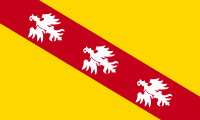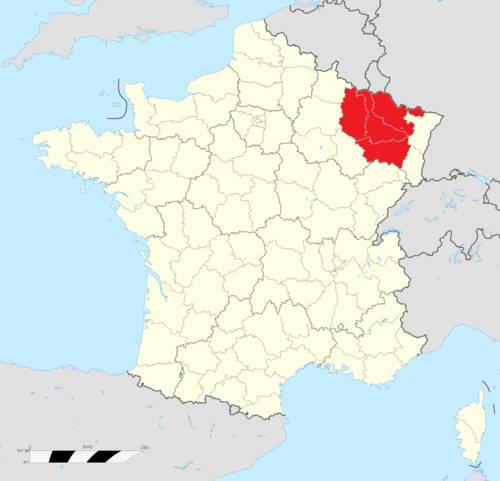The PA Melting
Pot: Germany: German Sects 4 -German or French? Alsace-Lorraine
PHOTOS AND INFO BELOW!!
Throughout the heavy
immigration periods into the US we have no idea how many nationalities were
written down incorrectly from exit ports to the ships’ manifests to the immigration
landing records nor do we know how many names were spelled wrong or changed
altogether. Europe was in constant flux for many centuries. Example:
the now French provinces of Alsace-Lorraine in the north eastern part of
France. Disputed for centuries by French kings, the princes
of the Holy Roman Empire and embroiled in a bloody tug-of-war between France
and Germany, France’s easternmost provinces share a tumultuous history. It’s no
surprise then that almost everything, from the architecture to the cuisine and
the language, is an enticing mixture of French and German – so much so that you
might begin to wonder which country you’re actually in.
Lorraine’s cuisine is affected by
its bordering provinces: on the west by
the very French Champagne area, on the
south by Franche-Comte and on the east by very German-French Alsace.
Champagne: The French cuisine of Champagne includes tartes (an open pastry case with a filling, savory
or sweet) which the Lorraineans embraced
in their famous Quiche Lorraine, Pate Lorraine (chopped pork and veal with
white wine & baked in puff pastry), Potee Lorraine (a stew of smoked meats
and sausages, cabbage and root vegetables) and French charcuterie or German Fleischwaren
(cured meats and Saucisson or Wursts or sausages shared by Lorraine, Champagne
and Alsace).
France-Compte: A meal in the
Franche-Compte area could contain smoked mountain hams and saucisson (sausages)
such as Jesu de Morteau and Bresi (thinly sliced cured beef), Saiucisse deMorteau,
accompanied by "rösti" (wafers of potato) and by a salad of
"cramaillots" (dandelions).
Alsace: The German Alsacian
influence on the cuisine of Lorraine could include a Flammenkuchen or tarte
flambee which is bread dough rolled very thin in the shape of a rectangle and covered with fromage blanc or creme fraiche, sliced onions and lardons (bacon). Fleishwaren or Charcuterie
(meats), Schweinefleisch or Porc (pork), and Pates (famous Pate de Foie Gras
from Strasbourg) are popular in Lorraine.
Other foods are sukrut or choucroute (sauerkraut), Wursts or Saucisson (sausages),
spaetzle (noodles in both languages) and the heavier use of spices such as
Kummel or Carvi grains (caraway seeds).
Historically, Lorraine was
the site of the bloodiest battle of Verdun in World War I (1916) where
thousands of French and Germans were slain.
Many Lorraineans fled the country for the US. There are over 400,000 French Americans in PA
and the state has 3.5 million people claiming German ancestry -- more than
in Berlin. Allegheny County, which includes Pittsburgh, has 348,979 German-Americans,
according to a census. The question is
could some of the Germans actually be Lorraineans or Alsatian (now French) depending upon
who was in control of the provinces (the French or the Germans) at the time an
immigrant came to the US?
This just further complicates tracing the Alsacian or Lorrainean
heritages. The citizens of Alsace and Lorraine
always claimed they were French even when Germany took over their cities and
towns. They were a very proud people and
staunch about their French heritage. So it is likely that some of the German population
in western PA be Alsatian or Lorrainean from France?
Christine Willard, a native of
western Pennsylvania, researches and blogs about the food unique to western
Pennsylvania. She currently resides in North Carolina. Her blog is www.ThePAMeltingPot.com.





















.jpg)


.jpg)















.jpg)
.jpg)






.jpg)
.jpg)
.jpg)
.jpg)
.jpg)
.jpg)
.jpg)
.jpg)
.jpg)





.jpg)
.jpg)
.jpg)


.jpg)
.jpg)
.jpg)





.jpg)
.jpg)
.jpg)
.jpg)
.jpg)










.jpg)
.jpg)


























